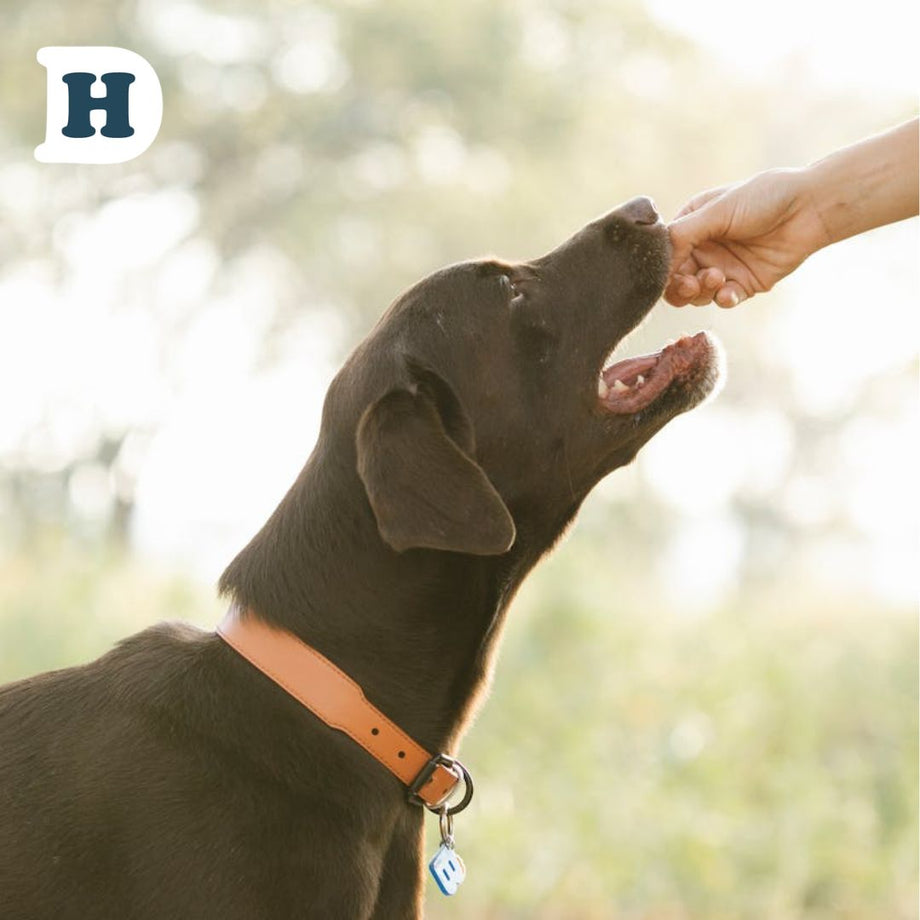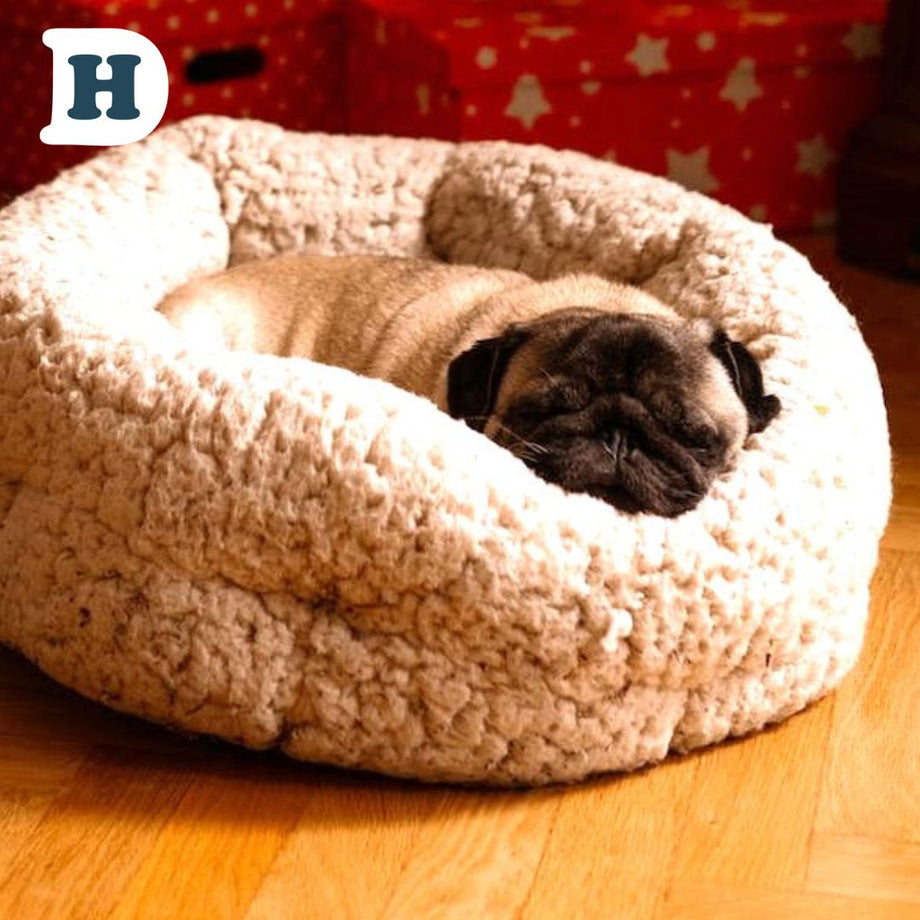
Crate training your dog can be a helpful tool for both you and your furry friend.
It can provide a safe and comfortable space for your dog to retreat to, as well as aid in house training and preventing destructive behaviour.
If you're an Australian dog owner looking to crate train your pup, follow this step-by-step guide for success.
What are the Benefits of Crate Training?
Crate training your dog can make life easier for both you and your furry friend. It's especially helpful for potty training and transportation purposes. If you're in Australia and want to learn how to crate train your dog, we've got you covered. Our step-by-step guide will walk you through the process and explain the benefits of crate training. By the end, you'll have a happy and well-trained pup who feels comfortable in their crate.
Choose the Right Crate for Your Dog.
 The first step in crate training your dog is to choose the right crate. The crate should be large enough for your dog to stand up, turn around, and lie down comfortably. However, it shouldn't be too big, as this can lead to your dog using one end as a bathroom and the other as a sleeping area.
The first step in crate training your dog is to choose the right crate. The crate should be large enough for your dog to stand up, turn around, and lie down comfortably. However, it shouldn't be too big, as this can lead to your dog using one end as a bathroom and the other as a sleeping area.
Consider the material of the crate as well - wire crates are good for ventilation and visibility, while plastic crates provide more privacy and can be easier to clean. Finally, make sure the crate is secure and won't collapse or break under your dog's weight.
Make the Dog Crate Comfortable
Create a warm and cozy environment for your dog in their crate. Crate beds and mattresses are available to achieve this. Place some toys inside as well, a chew toy and a comforter will be appreciated by a new pup!
Our tip to help your pup settle is to add a piece of clothing that you have worn for your pup to snuggle up to. Make sure that the item of clothing has been worn by you as it will have your scent that will comfort them when you are not there.
Introduce Your Dog to the Crate Gradually.
Once you have chosen the right crate for your dog, it's time to introduce them to it gradually. Start by placing treats and toys inside the crate to encourage your dog to explore it. You can also feed your dog their meals near the crate, gradually moving the food bowl closer to the crate until they are comfortable eating inside it. Once your dog is comfortable being near the crate, you can start closing the door for short periods of time while you are home, gradually increasing the amount of time they spend inside. Remember to always praise and reward your dog for good behavior and never force them into the crate.
Use Positive Reinforcement to Encourage Your Dog to Enter the Crate.
Positive reinforcement is key when it comes to crate training your dog. Start by placing treats and toys inside the crate to encourage your dog to explore it. You can also feed your dog their meals near the crate, gradually moving the food bowl closer to the crate until they are comfortable eating inside it. Once your dog is comfortable being near the crate, you can start closing the door for short periods of time while you are home, gradually increasing the amount of time they spend inside. Remember to always praise and reward your dog for good behavior and never force them into the crate. With patience and consistency, your dog will learn to love their crate and see it as a safe and comfortable space.
Start Closing the Door for Short Periods of Time.
Once your dog is comfortable being near the crate, it's time to start closing the door for short periods of time. Begin by closing the door for just a few seconds while your dog is inside, then gradually increase the amount of time they spend inside with the door closed. Remember to always praise and reward your dog for good behavior, and never force them into the crate. With patience and consistency, your dog will learn to love their crate and see it as a safe and comfortable space.
Increase the Time Your Dog Spends in the Crate Gradually.
Once your dog is comfortable being near the crate and going inside, it's time to start increasing the amount of time they spend inside with the door closed. Begin by closing the door for just a few seconds while your dog is inside, then gradually increase the time to a few minutes. Remember to always praise and reward your dog for good behaviour, and never force them into the crate. With patience and consistency, your dog will learn to love their crate and see it as a safe and comfortable space.
How to Train and Older Dog to Sleep in a Crate
Crate training can be a useful tool for dog owners in Australia, but it may take more patience and effort with an older dog. Puppies are more adaptable and open to new experiences, while older dogs may have established habits that need to be unlearned. To successfully crate train an older dog, it's important to focus on introducing new routines and positive reinforcement to help them adjust to their new environment. Here's a step-by-step guide to help you get started.
©deliveryhound.com.au 2023






